drawing:yw-tzomiaao= heart 2024
introduction to drawing:yw-tzomiaao= heart
Drawing has always been a powerful form of expression, allowing individuals to convey emotions, ideas, and stories through art. One of the most profound and enduring symbols in art is the heart. This article delves into the intricacies of drawing hearts, exploring techniques, styles, and the emotional depth that this simple shape can convey. We will cover everything from basic heart shapes to advanced techniques for creating detailed and expressive heart drawings. drawing:yw-tzomiaao= heart
1. what is Drawing Hearts
The Universal Symbol
The heart is a universally recognized symbol, representing love, passion, and emotion. From ancient times to modern art, the heart has served as a central motif in artistic expression. Its simplicity allows it to be easily adapted into various styles and forms, making it a versatile subject for artists of all levels. drawing:yw-tzomiaao= heart
Why Draw Hearts?
Drawing hearts can be more than just a creative exercise. It provides an opportunity to explore personal feelings, communicate messages, and experiment with different artistic techniques. Whether you’re a beginner or a seasoned artist, understanding the different ways to draw hearts can enhance your overall artistic skills and offer new ways to express yourself. drawing:yw-tzomiaao= heart
2. The Basics of Drawing a Heart
Understanding the Shape
The heart shape is composed of two distinct parts: the rounded top and the pointed bottom. The rounded sections represent the upper lobes, while the pointed end forms the lower tip. This shape can be drawn in various ways, from a simple outline to more intricate designs. drawing:yw-tzomiaao= heart
Tools and Materials
To get started, you’ll need some basic drawing tools:
- Pencil: For sketching the initial outline.
- Eraser: To correct mistakes and refine the shape.
- Paper: Any type of paper suitable for drawing.
- Pen/Ink: For finalizing the drawing if you prefer a more defined look.
Step-by-Step Guide
- Draw the Basic Outline: Start with a simple outline of the heart shape. Use light strokes to sketch the two rounded top sections and the pointed bottom.
- Refine the Shape: Adjust the curves and points as needed. Ensure that both lobes are symmetrical and the point is centered.
- Add Details: Enhance the heart with additional details like shading or texture, depending on your desired style. drawing:yw-tzomiaao= heart
3. Exploring Different Styles
Classic Heart
The classic heart shape is often used in various contexts, from Valentine’s Day cards to traditional art. It features smooth, symmetrical curves and a pointed bottom. This style is ideal for beginners and provides a solid foundation for more complex designs. drawing:yw-tzomiaao= heart
Realistic Heart
For a more lifelike representation, you can draw a realistic heart by focusing on anatomical accuracy. This approach involves more detail and requires an understanding of the heart’s structure, including its chambers and valves. Use reference images to guide your drawing and ensure accuracy. drawing:yw-tzomiaao= heart
Abstract Heart
Abstract art allows for greater creativity and freedom. An abstract heart might feature unconventional shapes, colors, or patterns. This style is perfect for experimenting with different techniques and expressing emotions in a unique way.
Stylized Heart
Stylized hearts often incorporate elements from various artistic traditions, such as tribal, cartoonish, or geometric designs. These hearts might have exaggerated features or be combined with other motifs to create a distinct look. drawing:yw-tzomiaao= heart
4. Techniques for Enhancing Your Heart Drawings
Shading and Texture
Adding shading and texture can bring depth and dimension to your heart drawings. Experiment with different shading techniques, such as cross-hatching or stippling, to create a more realistic or dynamic effect. drawing:yw-tzomiaao= heart
Color
Color can significantly impact the mood and emotion conveyed by your drawing. Use different colors to represent various feelings or themes. For example, red might symbolize love, while blue could convey calmness or sadness. drawing:yw-tzomiaao= heart
Patterns and Backgrounds
Incorporating patterns or backgrounds can add interest and context to your heart drawings. Consider adding elements like stripes, polka dots, or floral patterns to enhance your design. drawing:yw-tzomiaao= heart
5. Drawing Hearts in Different Contexts
Romantic Art
Hearts are commonly associated with romance and love. When drawing hearts for romantic purposes, focus on elements that evoke tenderness and affection. Use soft lines and warm colors to create a loving and inviting atmosphere. drawing:yw-tzomiaao= heart
Symbolic Art
Hearts can also be used symbolically to represent various concepts, such as courage, compassion, or friendship. Consider how the heart shape can be integrated into a larger design to convey a specific message or theme. drawing:yw-tzomiaao= heart
Mixed Media
Combining drawing with other art forms, such as painting or digital art, can create unique and visually striking heart designs. Experiment with different media to discover new ways to express your artistic vision. drawing:yw-tzomiaao= heart
6. Common Mistakes and How to Avoid Them
Uneven Curves
One common issue is creating uneven curves, which can make the heart look asymmetrical. To avoid this, use a light pencil and make gradual adjustments to the shape. Regularly check for symmetry as you work.
Overcomplicating the Design
It’s easy to overcomplicate a heart drawing with too many details. Start with a simple outline and add details gradually. This approach allows you to maintain balance and focus on the key elements of your design.
Incorrect Proportions
Incorrect proportions can affect the overall appearance of your heart drawing. Use guidelines or reference images to ensure that the top lobes and bottom point are proportionate and aligned.
7. Advanced Techniques for Mastering Heart Drawings
3D Effects
Creating a three-dimensional effect can add depth and realism to your heart drawings. Use shading and perspective techniques to make your heart appear as if it’s popping off the page.
Mixed Media Techniques
Incorporate various media, such as watercolor or ink, to enhance your heart drawings. Combining different techniques can create texture and complexity, adding a unique touch to your artwork.
Digital Art
Digital tools offer a range of possibilities for heart drawings, from vector graphics to digital painting. Experiment with software and tools to explore new ways of creating and manipulating heart designs.
8. Inspirational Examples and Ideas
Famous Heart Art
Explore famous artworks that feature hearts as central elements. Analyzing these pieces can provide inspiration and insight into different artistic approaches and styles.
Personal Projects
Consider creating heart drawings as part of a personal project, such as a series of illustrations or a custom design. Personal projects allow you to experiment with different techniques and themes, ultimately leading to more refined skills.
Collaborations
Collaborating with other artists or participating in community art projects can offer new perspectives and opportunities for growth. Sharing ideas and techniques with others can enhance your creative process and expand your artistic repertoire.
9. Tips for Developing Your Own Style
Practice Regularly
Consistent practice is key to developing your unique style. Regularly sketching and experimenting with different techniques will help you refine your skills and discover your artistic voice.
Study Different Styles
Expose yourself to various artistic styles and techniques. Studying the work of other artists can inspire new ideas and approaches, helping you to evolve your style over time.
Experiment and Innovate
Don’t be afraid to try new things and push the boundaries of traditional heart drawings. Experimenting with unconventional materials, techniques, or styles can lead to innovative and original artwork.
10. Conclusion
Drawing hearts is more than just a creative exercise; it’s a way to connect with emotions, convey messages, and explore artistic techniques. By mastering the basics and experimenting with different styles and techniques, you can create heart drawings that are not only visually appealing but also deeply meaningful. Embrace the simplicity and versatility of the heart shape, and let your creativity flow as you develop your own unique approach to this timeless symbol.
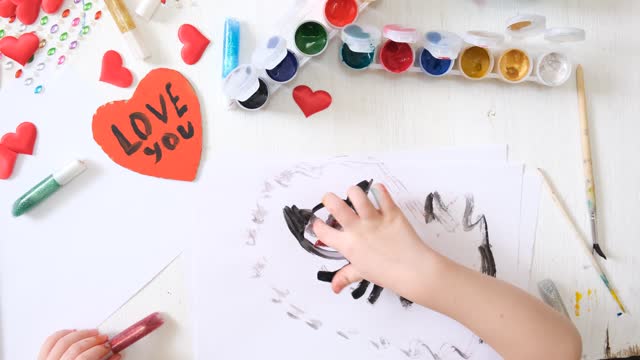
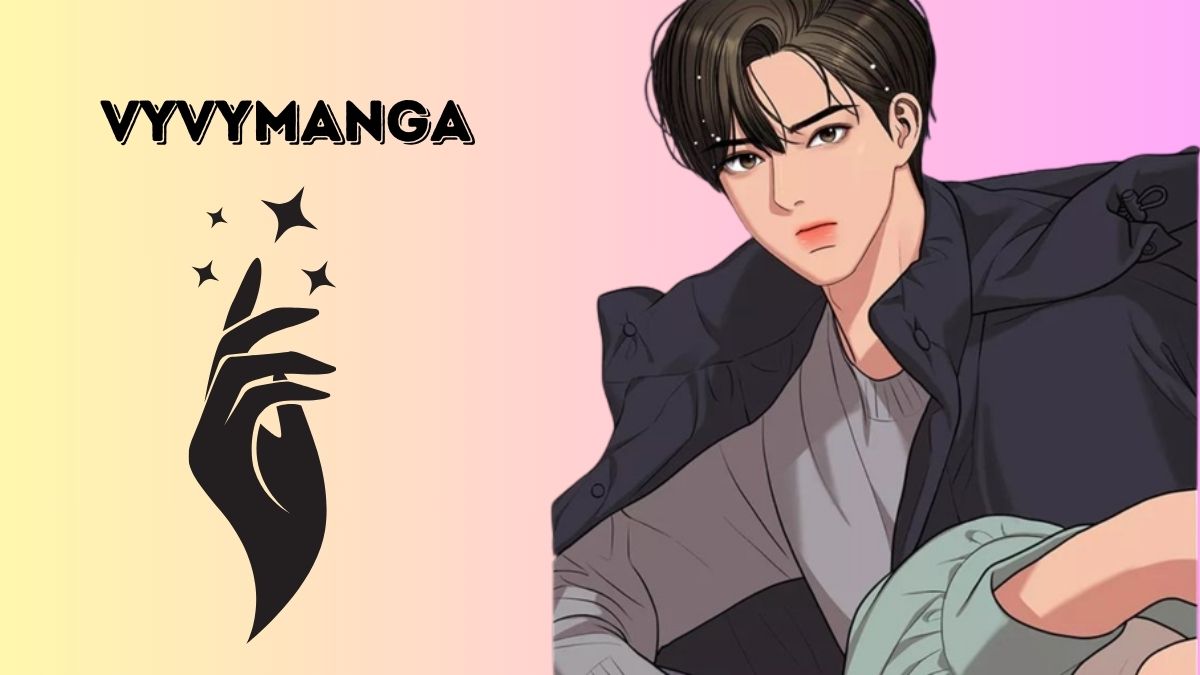
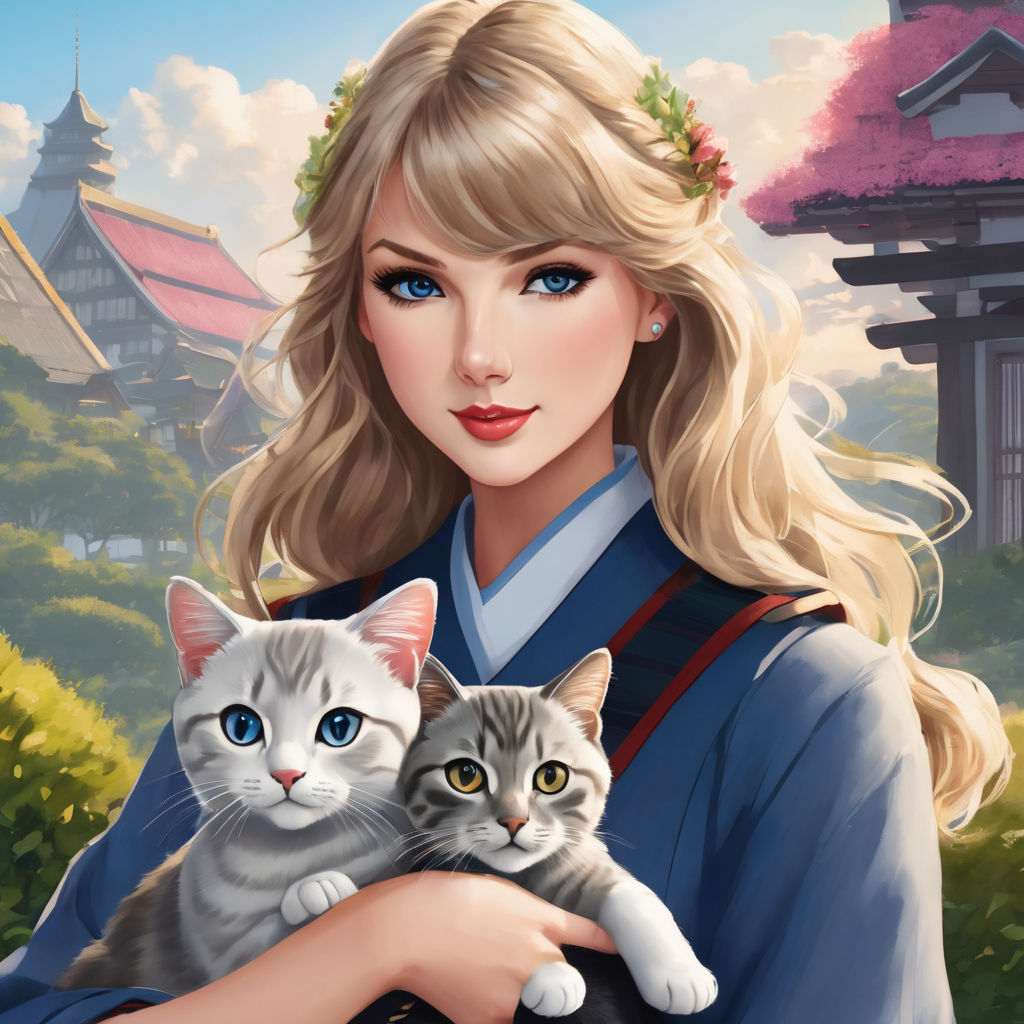


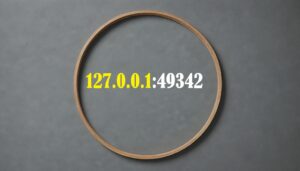

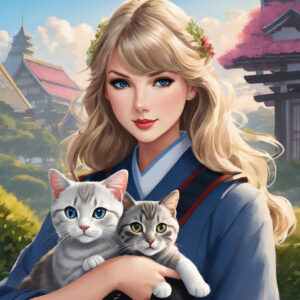



Post Comment